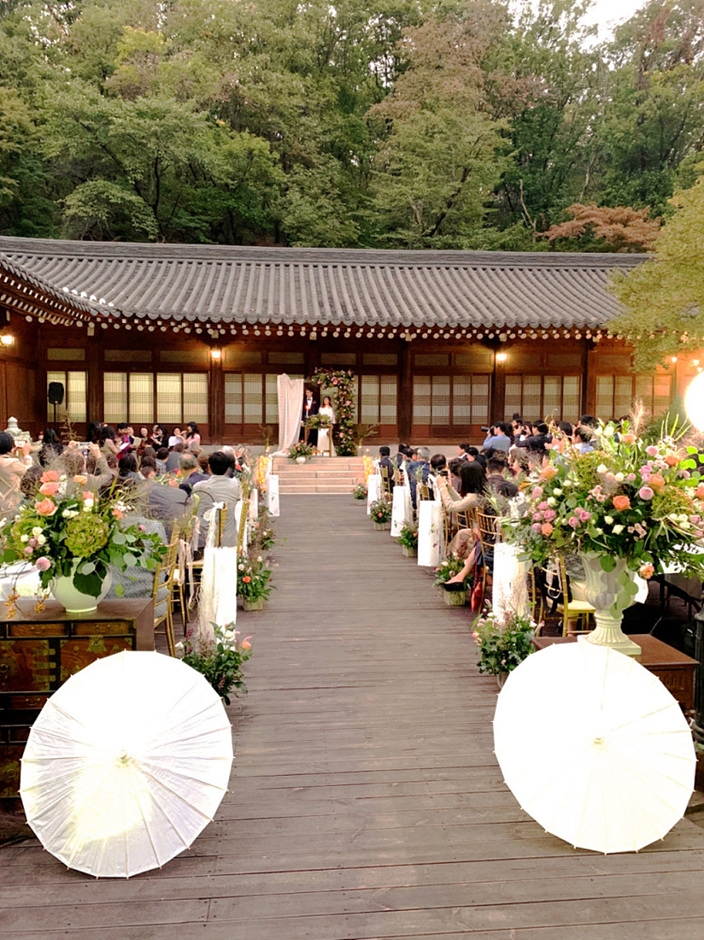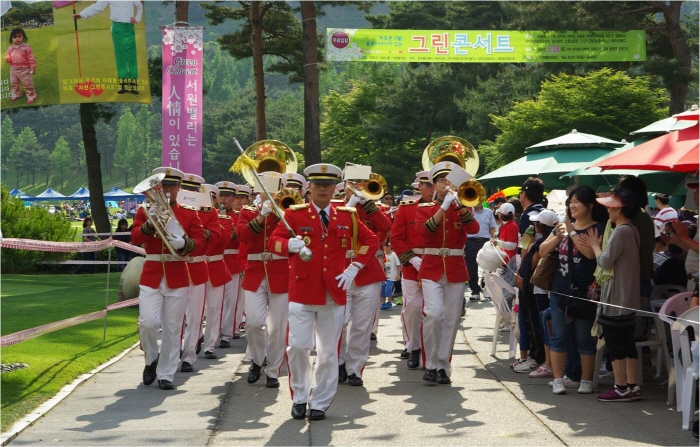Seoul Doseonsa Temple (도선사(서울))
9.8Km 2025-06-25
504 Samyang-ro 173-gil, Gangbuk-gu, Seoul
Doseonsa Temple was established 1,100 years ago during the latter part of the Silla Kingdom when the renowned Buddhist priest Doseonguksa was traveling through the mountains. After visiting the site, Doseonguksa made a prophecy that led to the construction of the temple. According to legend, he used only his walking stick to carve the large Bodhisattva that sits at the temple. Interestingly enough, the statue does not show any evidence of chisel marks, further adding to the mystery of how the statue was made.
During the 7th year of King Gwangmu of the Joseon dynasty, Doseonsa Temple was officially named the representative temple of Korea with the purpose of promoting Cheongdamdaejongsa's Korean Buddhism movement, aiming at a religious revival. Due to these special circumstances Deseonsa Temple gained a high reputation and much recognition, which have held strong to this day.
Inside the temple, visitors can view the remains and written works of Cheongdamdaejongsa in the Cheongdamdaejongsa Memorial Hall. Next to the road leading to Cheonbuljeon Hall is a pond where you can toss a coin and make a wish and just past Yongammun Gate is a hiking path connecting Baegundae Cliff and Insubong Peak. Inside the Ksitigarbha Hall are portraits of President Park Chung-hee, Yuk Yeong-su, and Hyundai Chairman Chung Ju-yung. In front of the hall is a tree that is said to have been planted by a Buddhist priest who brought it from India 200 years ago. Historical artifacts can be found throughout the temple.
Seonungak (한옥카페 선운각)
9.9Km 2024-10-15
223 Samyang-ro 173-gil, Gangbuk-gu, Seoul
Seonungak is a hanok cafe facing Doseonsa Temple at the foot of Bukhansan Mountain, the perfect location to take in the beauty of the changing seasons. The cafe is also the largest hanok building outside of the royal palaces in Seoul. Previously limited to weddings and filming events, the hanok has reopened as a cafe, selling a range of traditional Korean drinks.
Himart - Geumo Branch [Tax Refund Shop] (하이마트 금오점)
9.9Km 2024-04-18
12-23, Geumo-ro, Uijeongbu-si, Gyeonggi-do
-
Olive Young - Uijeongbu Geumo Branch [Tax Refund Shop] (올리브영 의정부금오점)
10.0Km 2024-06-27
#103~4, #202~3, 41, Cheongsa-ro, Uijeongbu-si, Gyeonggi-do
-
Olive Young - Homeplus Uijeongbu Branch [Tax Refund Shop] (올리브영 홈플러스의정부점)
10.1Km 2024-06-27
1F, 38, Cheongsa-ro, Uijeongbu-si, Gyeonggi-do
-
Seowon Valley Green Concert (서원밸리 그린콘서트)
10.1Km 2022-05-30
333, Seowon-gil, Paju-si, Gyeonggi-do
• 1330 Travel Hotline: +82-2-1330 (Korean, English, Japanese, Chinese) • For more info: +82-31-940-9400
Seowon Valley Green Concert is a social awareness event that aims to create a company culture that restores society through the business profits. They also hope to improve the lives of people lacking in the area through the sponsorship of members and events, as well as using the popularization of golf to create a cultural space that can be used by both general citizens as well as golf club members.
Kansong House (간송옛집)
10.4Km 2025-04-01
149-18 Sirubong-ro, Dobong-gu, Seoul
The 100-year-old traditional hanok Kansong House sits by the burial mound of Kansong Jeon Hyeong-pil (1906-1962), who played a significant role in preserving the cultural heritages of Korea during the Japanese colonial period. This house was orginally built by Kansong's adoptive father Jeon Myeong-gi (1870-1919) to us as a storage facilities for harvested agriculture from the northern Gyeonggi-do and Hwanghae. After his father's death, Kansong used the house as a ritual house for his father and often stayed here. Some damages were done to the house during the Korean War, and partial repair was made after his death.


![Himart - Geumo Branch [Tax Refund Shop] (하이마트 금오점)](http://tong.visitkorea.or.kr/cms/resource/35/2881335_image2_1.jpg)


 English
English
 한국어
한국어 日本語
日本語 中文(简体)
中文(简体) Deutsch
Deutsch Français
Français Español
Español Русский
Русский